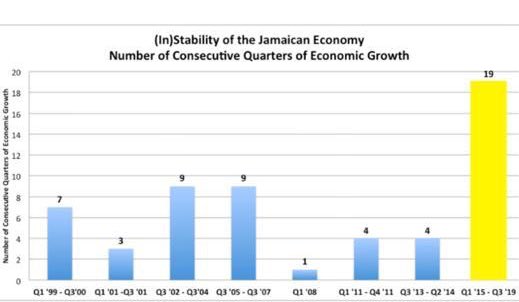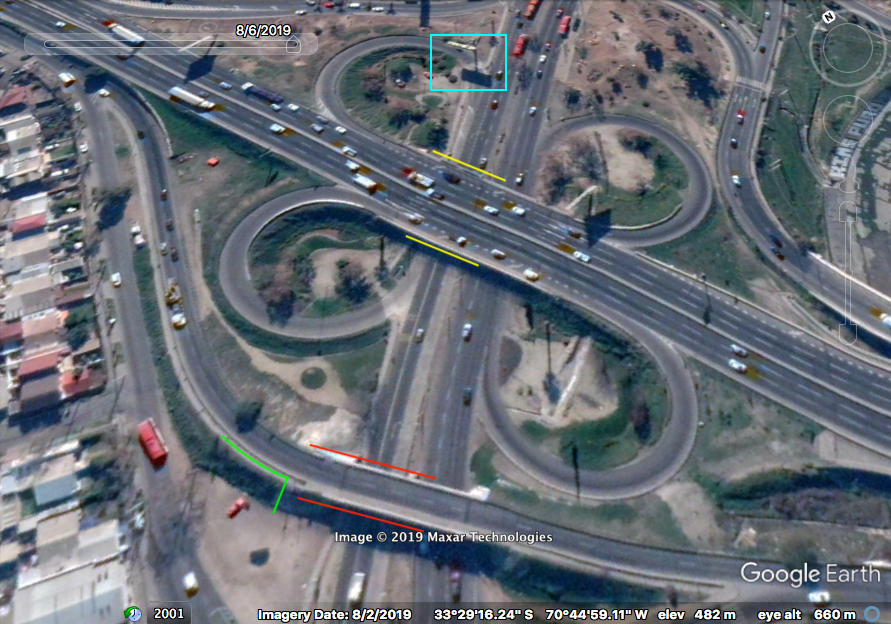The others are later: Ar.324a is from the 11th-12th, and 324d is from the beginning of the 12th- beginning of the 13th
Keep Current with Eléonore Cellard
This Thread may be Removed Anytime!
Twitter may remove this content at anytime, convert it as a PDF, save and print for later use!

1) Follow Thread Reader App on Twitter so you can easily mention us!
2) Go to a Twitter thread (series of Tweets by the same owner) and mention us with a keyword "unroll"
@threadreaderapp unroll
You can practice here first or read more on our help page!





